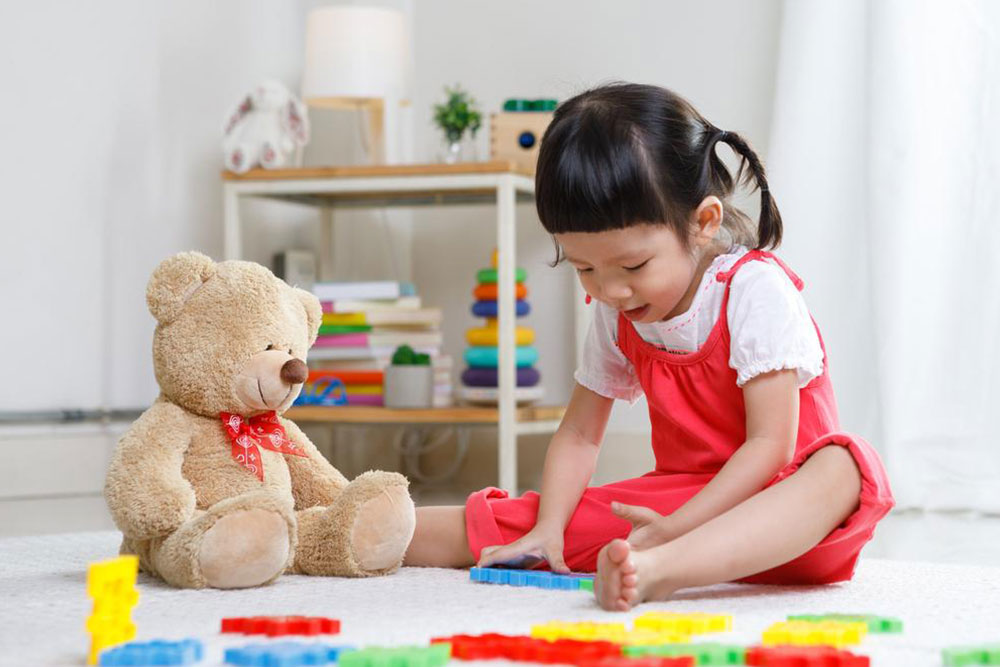Essential Guidelines for Choosing an Ideal Preschool Program
Choosing the right preschool curriculum is vital for your child's early development. This guide highlights key factors, including focusing on the child's needs, understanding the curriculum's creators, and recognizing different learning styles to ensure an enriching preschool experience.

Essential Guidelines for Choosing an Ideal Preschool Program
Selecting the right preschool program for your child is crucial, as it shapes their early learning journey. An effective curriculum influences their attitude towards education and overall development. Parents should carefully consider various options to ensure their child receives the best foundation in early childhood education.
Many parents mistakenly assume all preschool curriculums are similar, leading some to opt for homeschooling or standardized approaches. However, understanding the diversity of available programs helps in making an informed choice.
Here are key factors to consider when evaluating preschool curricula.
Prioritize the child's needs
Any effective preschool program must cater to the child's interests, abilities, and developmental pace. Assess whether the curriculum engages the child and suits their understanding. If a child shows enthusiasm and curiosity, they’re more likely to thrive. An adaptable curriculum that evolves with the child's growth fosters continuous learning and development.
Understand the curriculum's creator
It’s vital to know who develops the preschool program. Ideally, the curriculum should be designed by specialists in early childhood education or child development. Programs created without proper expertise may lack the depth needed to support a child's growth, making educator credentials and experience a crucial consideration.
Recognize different learning styles
Young children learn best through varied approaches. Since early learners often aren’t suited for worksheets, a well-rounded curriculum should incorporate hands-on, visual, and auditory activities. Identifying and catering to each child's preferred learning style—whether tactile, visual, or auditory—can significantly enhance their educational experience.










